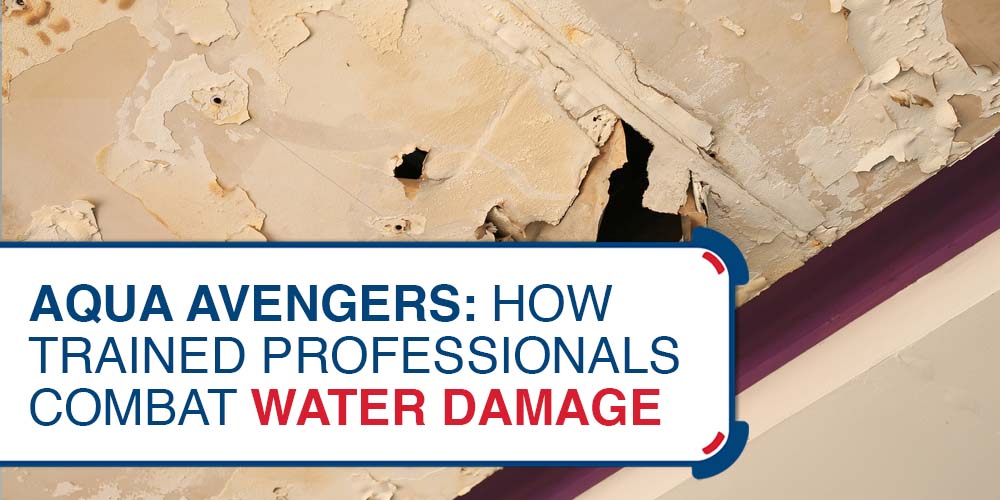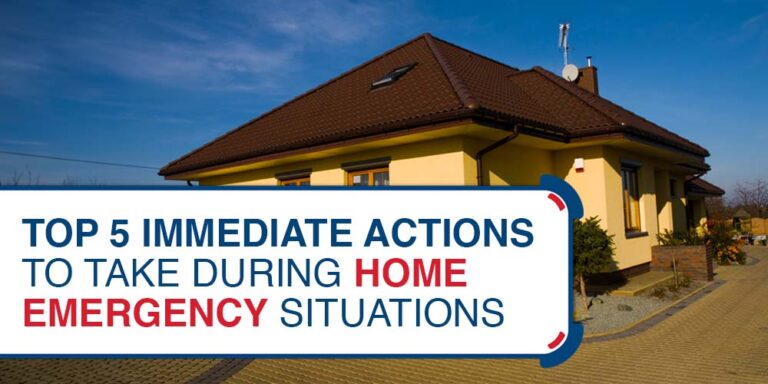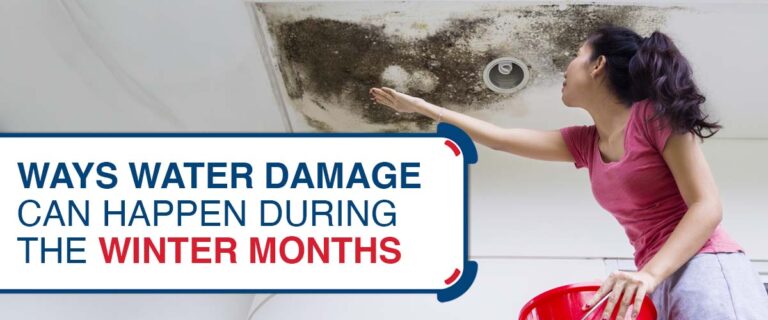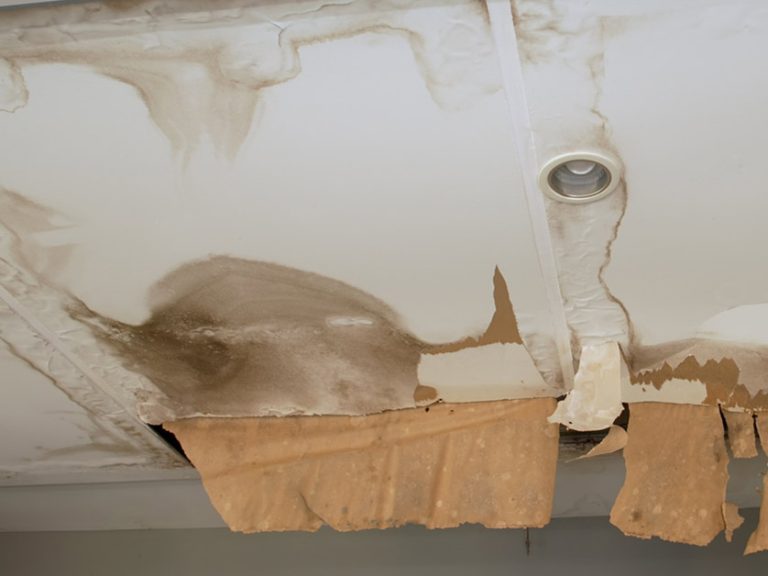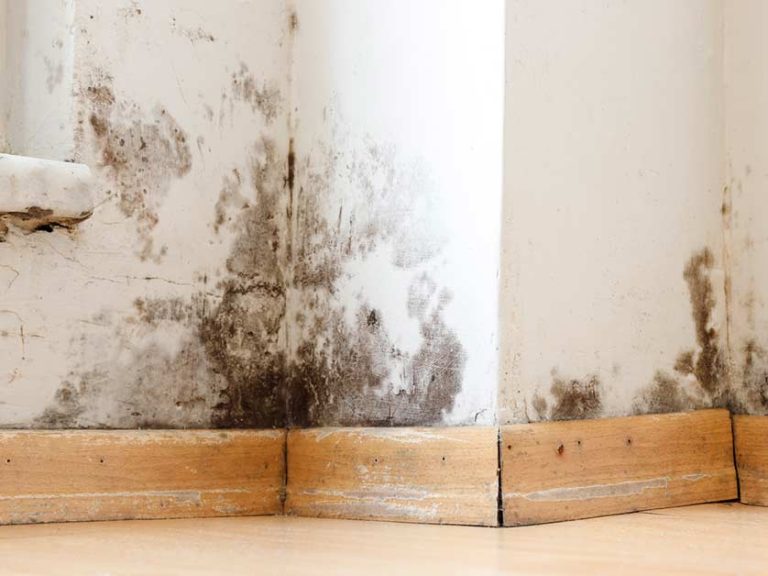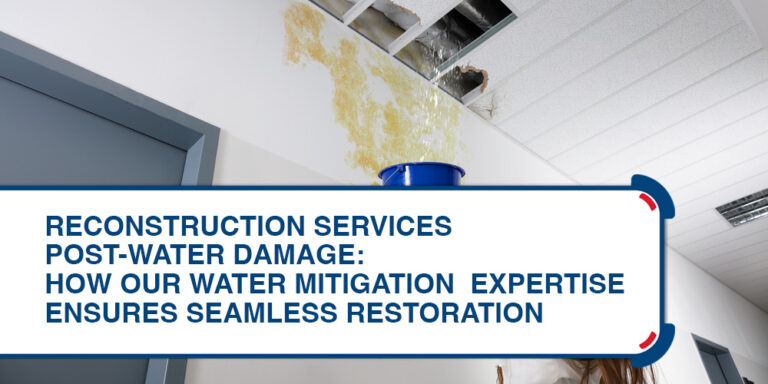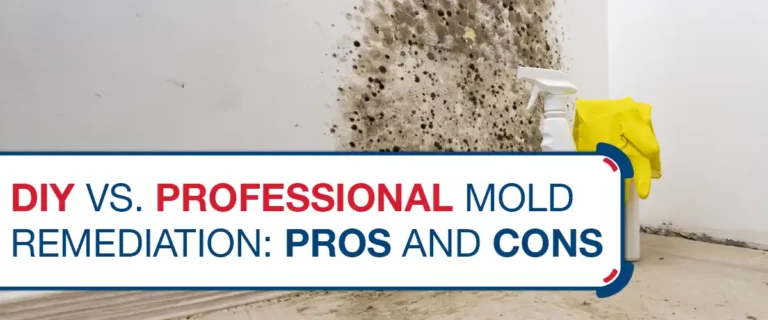When water damage strikes, the clock starts ticking. Why risk the repercussions of delayed action? Damage restoration experts stand ready to combat this invasion—eagerly offering swift, effective solutions! Their timely intervention effectively curbs immediate damage and, at the same time, also wards off future complications. More than a clean-up, it’s about safeguarding your space and peace of mind. Discover how expert intervention in these water crises can be your best defense.
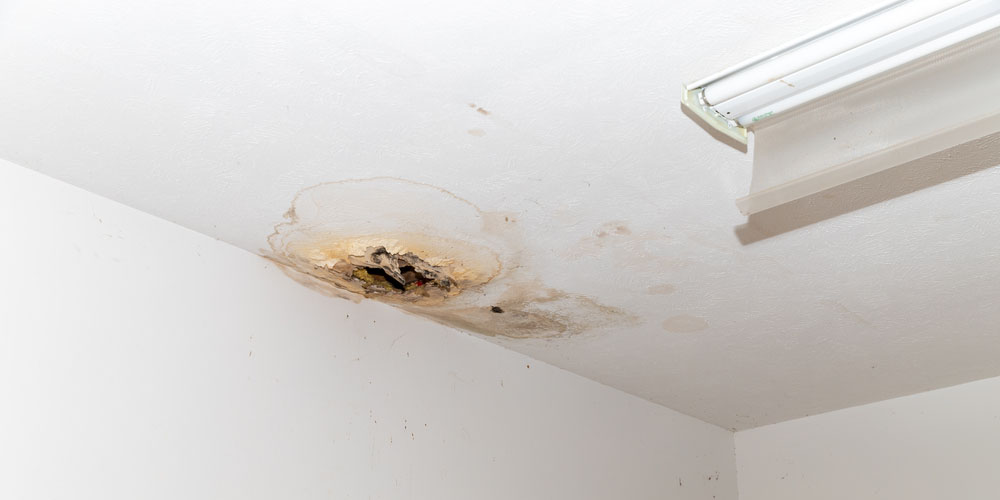
Water Damage: What Is It?
Water damage, often from 1) floods, 2) leaks, or 3) burst pipes, is more than just a soggy annoyance. A silent aggressor can wreak havoc on your property and health. From weakening structural integrity to fostering mold growth, these damages carry the potential to transform your haven into a health hazard. Recognizing its sources and impacts is the first step in staying afloat and safeguarding what matters most.
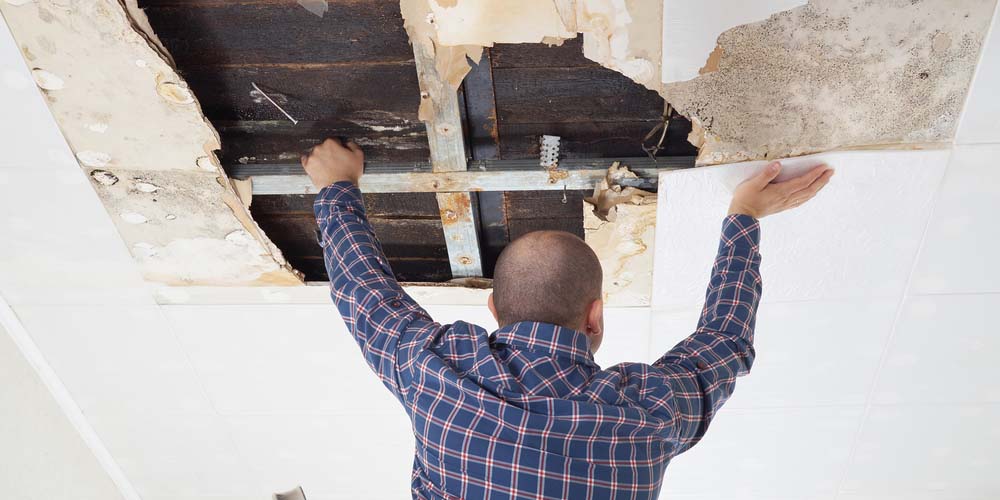
What About Water Damage Restoration?
Water damage restoration is fundamentally about expertly managing moisture and rehabilitating affected areas. This process involves precise scientific principles and strategic responses.
In tackling these damages, professionals encounter a variety of hurdles, each unique to the situation at hand. These hurdles include:
- Assessing Water Penetration: Determining the extent and depth of water infiltration in structures.
- Mold Prevention and Remediation: Identifying and addressing mold growth is crucial for health and property integrity.
- Restoring Air Quality: Ensuring the environment is free from contaminants and humidity.
- Material Drying: Employing techniques for effectively drying out various materials without causing further damage.
- Sanitization: Thoroughly clean and disinfect areas to eliminate health risks and restore safe living conditions.
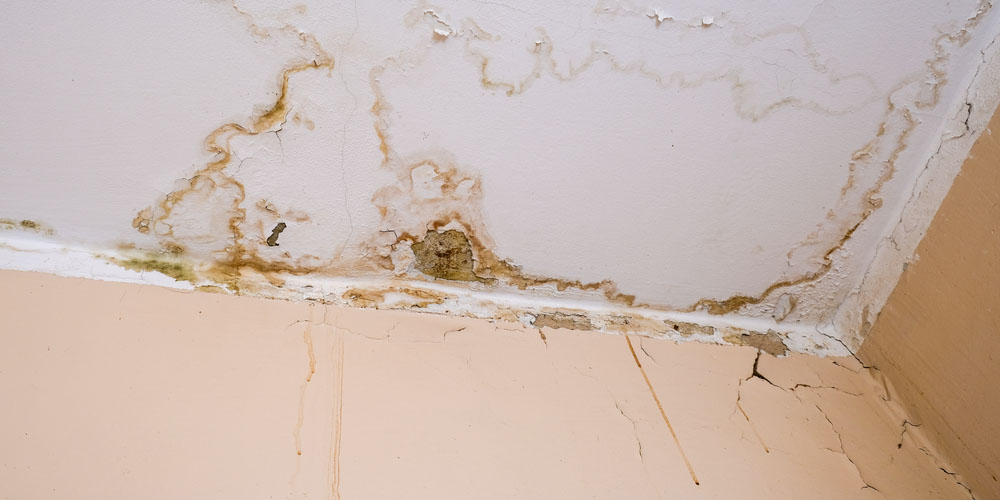
The Critical First Response
When professionals arrive at an emergency water removal site, their initial response and assessment follow a strategic two-step approach:
- Immediate Inspection: They swiftly assess the area to understand the severity and source of the water damage.
- Detailed Evaluation: This step involves a thorough check for potential hazards and structural impacts, crucial in shaping an effective restoration plan.
Consequently, this evaluation becomes the foundation for a comprehensive restoration strategy. Ensuring a meticulous assessment at the onset is critical to devising a plan that effectively revives and secures the property.
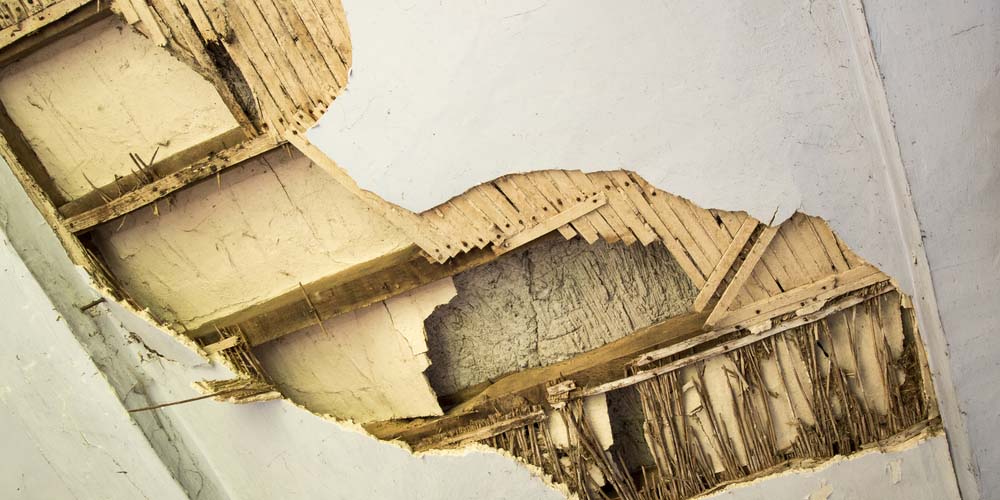
Water Removal Process and Equipment
Professionals deploy advanced techniques and cutting-edge equipment in the critical water extraction and drying stages. Powerful water extractors and submersible pumps efficiently remove standing water, while high-speed air movers and dehumidifiers tackle moisture in the air and surfaces.
Furthermore, the drying process is meticulously monitored using moisture detectors and hygrometers to eradicate every last trace of dampness. This combination of technology and technique effectively transforms a water-logged environment back to its dry, safe state.
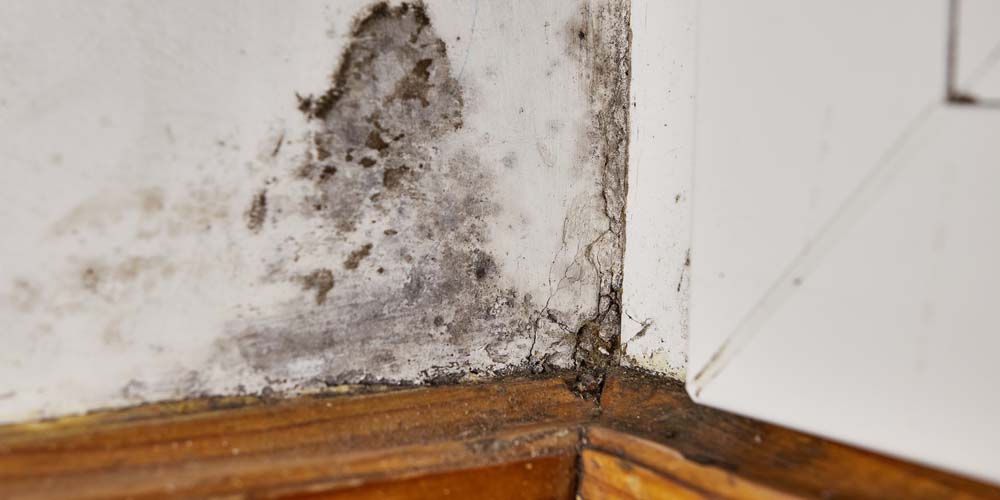
Strategies for Mold Prevention
Water or flood damage sets an ideal stage for mold growth, with moisture being a key contributor to its growth. Professionals tackle this challenge head-on with the following practical strategies:
- Rapid Drying: Quick moisture removal to halt mold formation.
- Thorough Inspection: Locate areas likely to develop mold after water leaks.
- Use of Antimicrobials: Applying treatments to prevent mold growth.
- Air Filtration: Utilizing HEPA filters to capture airborne mold spores.
- Remediation: Safely remove existing mold and restore air quality.
With these proactive measures, future outbreaks are prevented, thereby safeguarding both the structure and the health of the inhabitants.
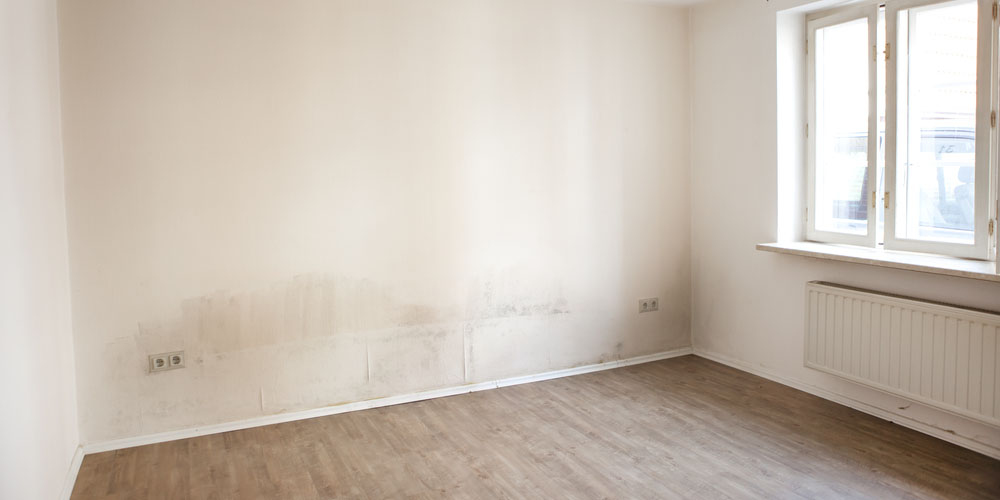
Reclaiming Hygiene: The Final Step in Water Damage Repair
Post-water extraction, sanitization, and cleaning are essential to restore a healthy living environment. Professionals employ the following meticulous approach:
- Deep Cleaning: Utilizing professional-grade cleaners to clean all affected areas thoroughly.
- Sanitization: Applying antimicrobial and antibacterial treatments to eliminate pathogens.
- Odor Removal: Using advanced techniques to address any lingering odors, ensuring a fresh atmosphere.
- Detailed Attention: Focusing on often-overlooked areas where contaminants may linger.
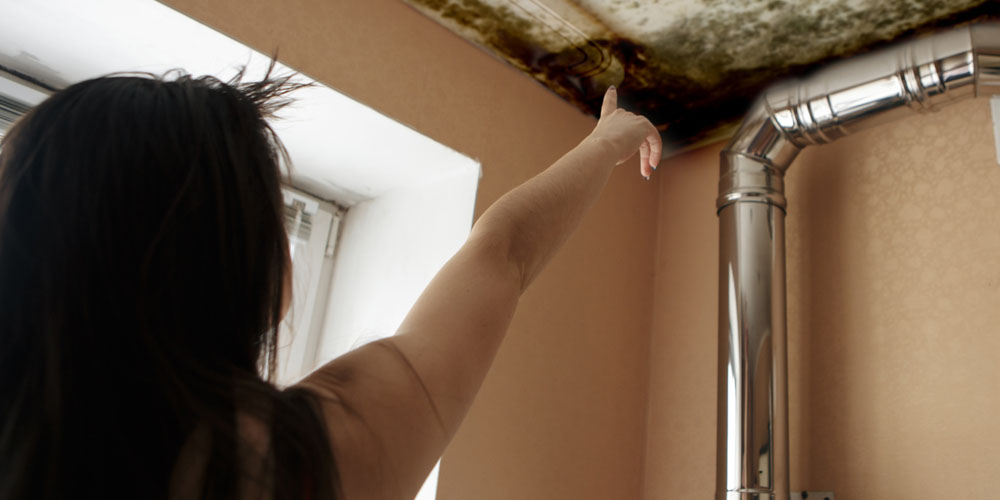
Water Restoration and Repair
Restoring and repairing water-damaged areas is a nuanced and meticulous process. Professionals skillfully navigate this phase, focusing on different materials and structures precisely.
Throughout the repair, careful consideration is given to material compatibility and durability, aiming to restore and enhance the resilience of the repaired spaces. Consequently, this approach both revives the physical environment and reinstates a sense of normalcy and security for the inhabitants.
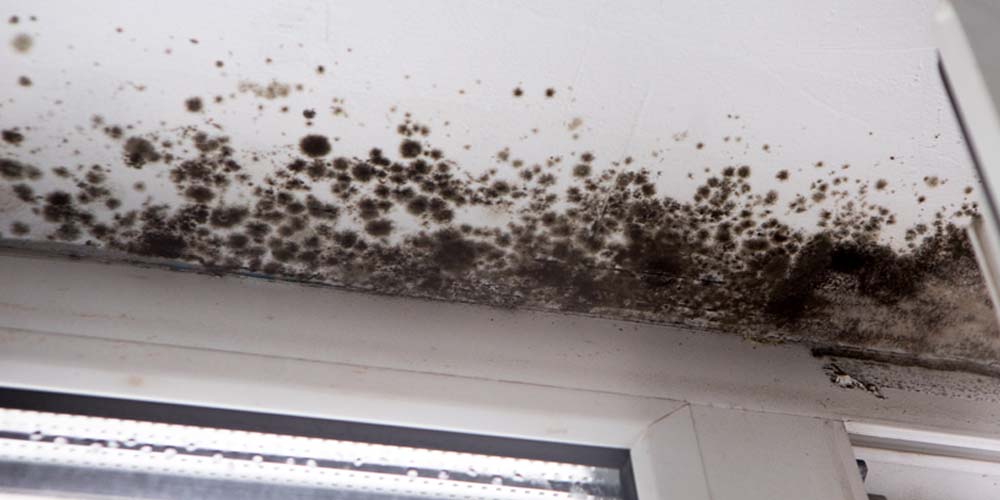
Advanced Damage Cleanup Solutions
Advanced techniques and equipment have revolutionized the field of water damage restoration. The following are some of the key advancements:
- Thermal Imaging: Enables precise detection of hidden moisture and water sources.
- Industrial-Grade Dehumidifiers: Rapidly reduce humidity levels, preventing mold growth.
- High-Efficiency Air Movers: Speed up the drying process by circulating large volumes of air.
- Moisture Meters: Ensure thorough drying by measuring moisture levels in various materials.
These innovations further enhance the restoration process by allowing for quicker, more accurate assessments and more efficient drying and recovery.
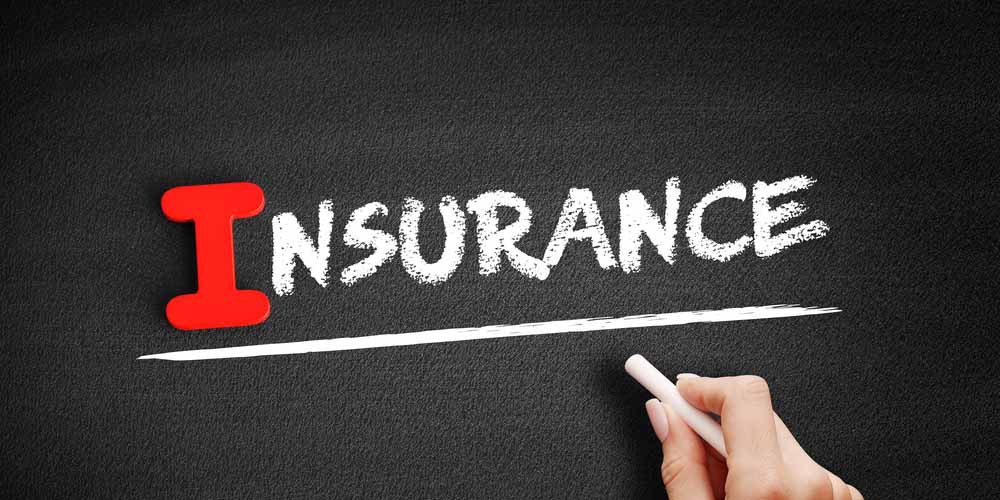
Navigating Insurance Claims for Water Damage
Navigating insurance claims can be as daunting as the damage itself. Understanding and preparing for these processes are strongly encouraged. Knowing what’s covered and what’s not helps set realistic expectations.
In dealing with insurance claims for water damage, consider these crucial steps:
- Document Everything. Capture photos or videos of the damage as soon as possible.
- Report Promptly. Contact your insurance provider right away to initiate the claims procedure.
- Keep Records. Save receipts and records of repairs and any related expenses.
- Be Thorough. Provide detailed information to the insurer, leaving no room for ambiguity.
- Stay in Communication. Regularly follow up and maintain open lines of communication with your insurer.
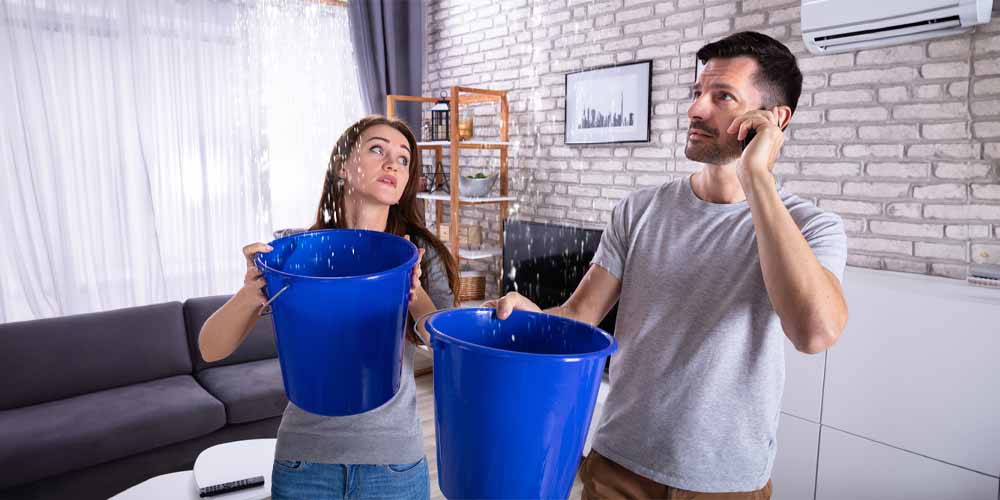
Choose Your Restoration Experts Wisely
When hiring a professional for house clean-up, one must inquire about their credentials. Don’t hesitate to request references. According to US Environmental Protection Agency’s guidelines, a reputable professional is likely to have certifications or affiliations with notable organizations like:
- The National Environmental Health Association (NEHA)
- The American Industrial Hygiene Association (AIHA)
- The Institute of Inspection, Cleaning and Restoration Certification (IICRC)
- The American Council for Accredited Certification (ACAC)
These endorsements can give you confidence in their expertise and commitment to quality service.
Guarding Your Home Against Water Havoc
Protecting your home from water damage is an essential aspect of responsible homeownership. It involves being proactive and staying vigilant to minimize risks. Here’s a list of advice for homeowners:
- Regular Maintenance: Clean gutters and inspect pipes routinely to prevent blockages and leaks.
- Monitor Water Bills: Watch for unexpected increases, which may indicate hidden leaks.
- Flood Prevention Installations: Add sump pumps or backflow valves in flood-prone areas as a safeguard.
- Seal Windows and Doors: Regularly check and reseal these areas to prevent water seepage.
- Early Detection: Stay vigilant for indications of water damage like moist areas, peeling paint, or musty odors.
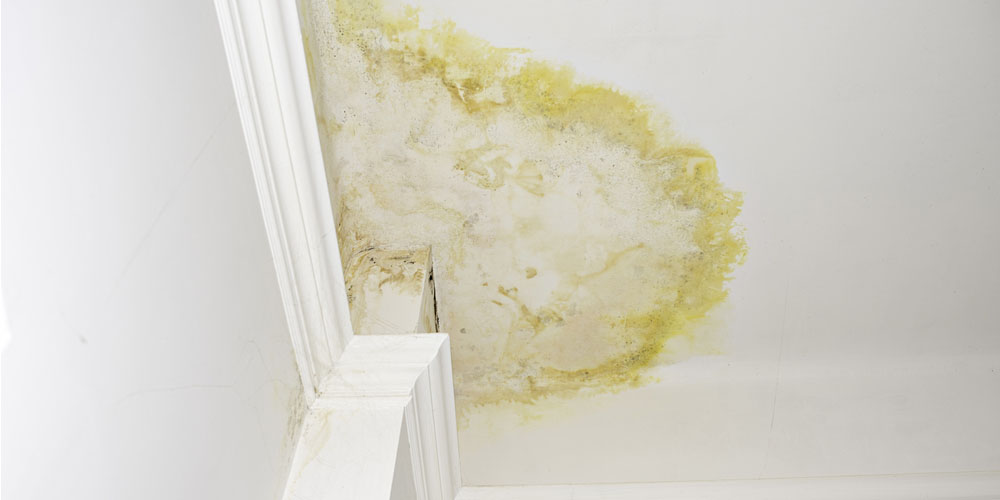
Green Restoration in Water Damage Repair
The damage restoration industry is increasingly adopting eco-friendly practices, underscoring the importance of environmental responsibility. This shift involves the use of biodegradable cleaning agents. Additionally, selecting energy-efficient equipment is becoming standard, contributing to lower carbon footprints.
Sustainable Strategies in Repair
In parallel, professionals focus on recycling materials to minimize waste. Efforts are also geared towards reducing the overall environmental impact of restoration processes. By integrating these sustainable practices, the industry ensures these actions harmonize with ecological conservation.
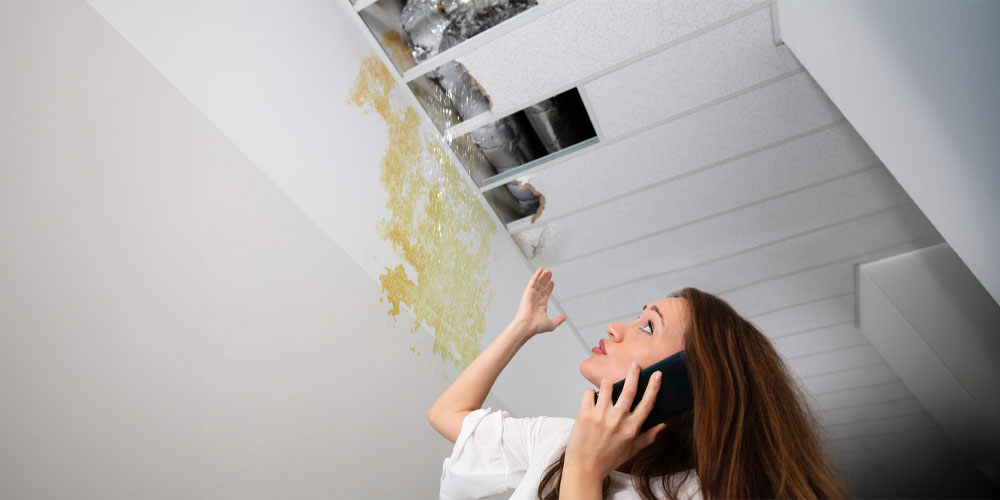
Wrapping Up: Your Partners in Water Damage Defense
As we wrap up this exploration, it’s clear that the role of these trained professionals for water damage is more than just a service; it’s a partnership in safeguarding our spaces. It is a collaboration aimed at protecting our spaces. With that, they are, indeed, our Aqua Avengers.
Their expertise spans emergency response to complete recovery, embodying a commitment to protect and preserve. Finally, remember that these seasoned professionals become our partners in maintaining the safety and integrity of our properties. Trust in their skills and dedication to turn adversity into restoration, and know that your space is in capable and caring hands with them.
References:
- U.S. Environmental Protection Agency. (Oct. 31, 2023). Flood Cleanup: Protect Indoor Air and Your Health. Retrieved from https://www.epa.gov/indoor-air-quality-iaq/flood-cleanup-protect-indoor-air-and-your-health#safe2


